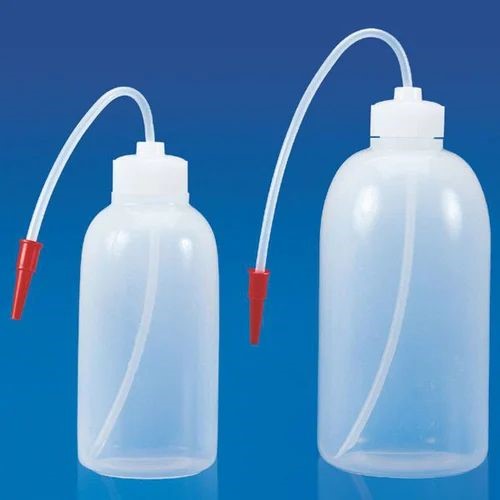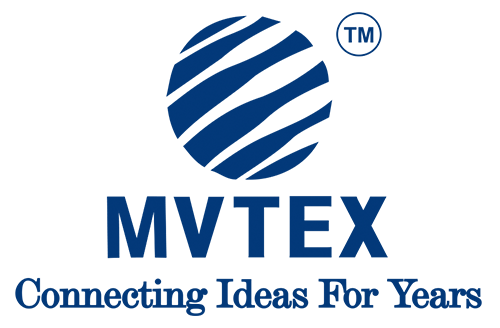What is a wash bottle | Laboratory wash bottles |Squeeze Bottles| Mvtex
What is Wash Bottle
Wash is bottle is a squeeze bottle with a nozzle, used to rinse various pieces of laboratory glassware, such as test tubes and round bottom flasks. Wash bottle seen in mostly chemistry, biological laboratories. They are generally made of semi-soft plastic that gives away when pushed.

Physical Description
Wash bottles are generally cylindrical with a screw-top head and a pipe inserted into the cap. A bottle or flask with bent tube through its cap or stopper that is used to direct a stream of water (as by squeezing the bottles if is flexible) onto something to be washed or rinsed.
Generally wash bottles are made of polyethylene which are flexible material that does not react with most chemicals least of chemicals, solvents.
Wash Bottles Type.
There are Mainly three kinds of wash bottles you will find in most labs.
Standard Wash Bottles : To rinse various pieces of laboratory glassware, such as test tubes and round bottom flasks.
LDPE WASH BOTTLES : These are transparent and thin, and have a long, soft nozzle that can snake into pipe-like glassware, like burettes
SELF – VENTING WASH BOTTLES : Instead of a pipe through the bottle cap, these have short stubby pipes on the side of them. You don’t need to press them to drop the liquid, you just tilt the bottle. Hence, you can carefully control the flow of the solvent as well.
THE WASH BOTTLES ARE AVAILABLE IN VARIOUS SIZES FROM 100-125ML-1000ML VOLTMETERS
WASH BOTTLES SOLVENTS
Examples of Wash bottles may be filled with a range of common laboratory solvents and reagents, according to the work to be undertaken. These include deionized water, detergent solutions and rinse solvents such as acetone, isopropanol or ethanol.
Since the same laboratory may use multiple types of solvents for washing glassware and plasticware, ready-made wash bottles come with coded colors on their bottle caps. This coding scheme is standardized more or less around the world. The color code is as follows.
- Red ‒ acetone
- White ‒ ethanol / sodium hypochlorite (they are almost never used in the same lab)
- Green ‒ methanol
- Yellow ‒ isopropanol
Blue ‒ distilled water
